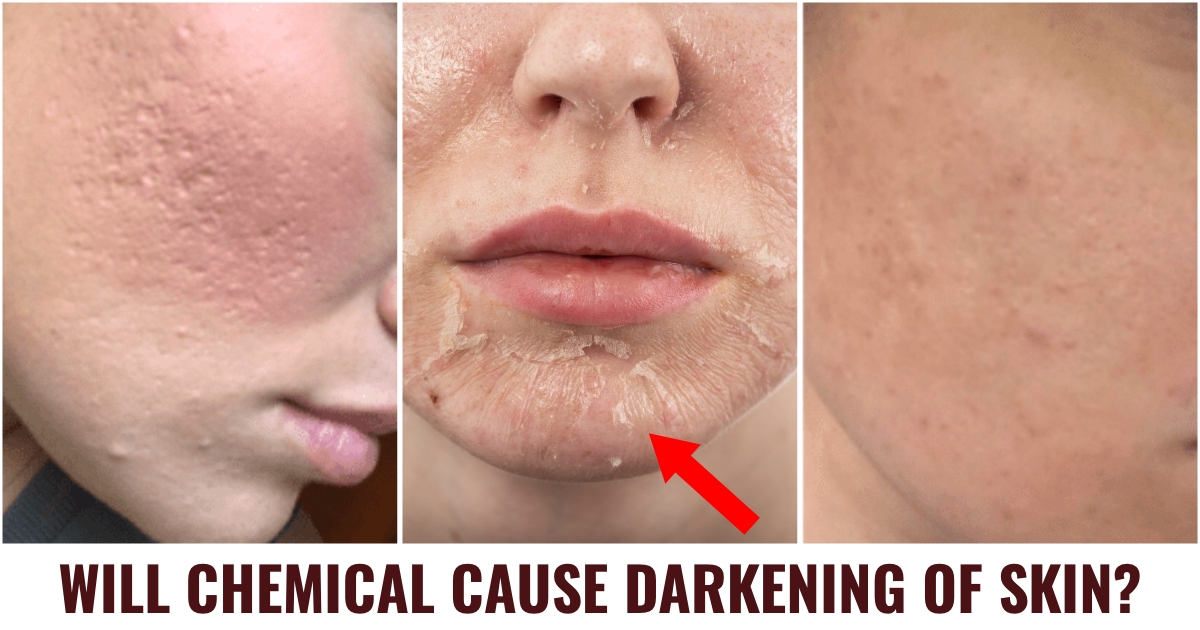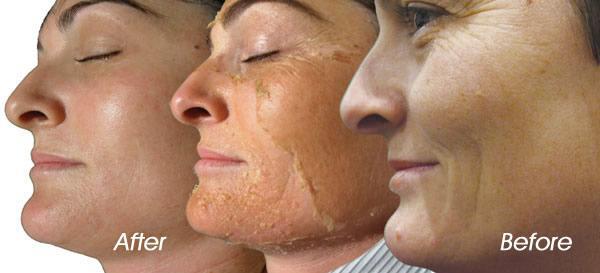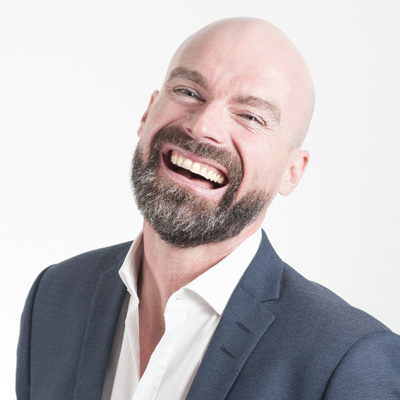Chemical Peel
Chemical Peel
A chemical peel is a skin treatment that can be used on the face or body to diminish and potentially eliminate a wide range of skin conditions and to improve the general state and appearance of the skin.
As the name suggests, it’s a form of chemical exfoliation where the outermost layer of the skin is removed by destroying dead skin cells and causing a layer to peel off. Chemical peeling agents – mainly different acids – are applied to the skin, and in a few days, the affected layer peels off.


Types of Chemical Peels
The basic categorization of chemical peels is based on their intensity, into 3 groups:
- Light chemical peels - these only affect the outer layer of the epidermis, cause light flaking, and are suitable for minor, superficial imperfections and general refreshment of complexion
- Medium-depth - a bit more intense, these chemical peels affect the epidermis and a portion of the dermis and are used for deeper imperfections
- Deep peels - a very intense form of chemical peel, these are serious dermatological treatments that remove a thick layer of skin, only used for deeply-rooted imperfections
In general, all 3 types are used for more or less all skin conditions; the choice depends on the severity of the condition.
Recovery Period
Recovering after a chemical peel implies waiting out for old, intentionally destroyed skin to peel off and reveal new, healthier and just better skin underneath.
Chemical peels work through exfoliation, and the flaking that comes after the treatment is actually to be desired. However, everyone’s skin reacts differently and it’s possible to get minimal to no peeling, but it’s also possible to get intense peeling with large patches. Both scenarios are normal.
The peeling is expected to start around day 2-3 and last for 5-7 days. This is the biggest side effect, and it is what is a chemical peel best known for.

Make an Appointment
Book your appointment today for a personalized consultation. Whether you're interested in PRP treatment or other hair restoration solutions, our expert team is here to guide you through the process. Let's discuss how we can help you achieve your desired results.
Frequently Asked Questions
Hair restoration and PRP therapy can raise many common concerns among our clients. Below, we’ve compiled answers to frequently asked questions to help you better understand the PRP hair treatment process, its benefits, and what to expect during your journey to healthier hair. If you have any additional questions, feel free to contact our specialists.
-
What is PRP hair
treatment and how does it work?
PRP (Platelet-Rich Plasma) therapy involves drawing a small amount of your blood, processing it to extract the platelet-rich plasma, and injecting it into your scalp. The platelets release growth factors that stimulate hair follicles, promoting natural hair growth and improving hair thickness.
-
How
long does it take to see results from PRP hair treatment?
Most patients begin to see noticeable improvements within 3-6 months after starting PRP therapy. However, the timeline can vary based on individual hair growth cycles and the severity of hair thinning.
-
Is
PRP treatment painful?
The procedure involves minor discomfort since it uses small injections into the scalp. Most patients find the pain tolerable, and a numbing cream is often applied beforehand to minimize any discomfort.
-
How
many PRP sessions will I need?
Typically, a series of 3-4 sessions spaced 4-6 weeks apart is recommended to achieve optimal results. After the initial treatments, maintenance sessions every 6-12 months may be suggested to sustain hair growth.
-
Are
there any side effects of PRP hair treatment?
PRP treatment uses your own blood, so the risk of adverse reactions is minimal. Some mild swelling, redness, or tenderness at the injection site may occur but typically resolves within a few days.





